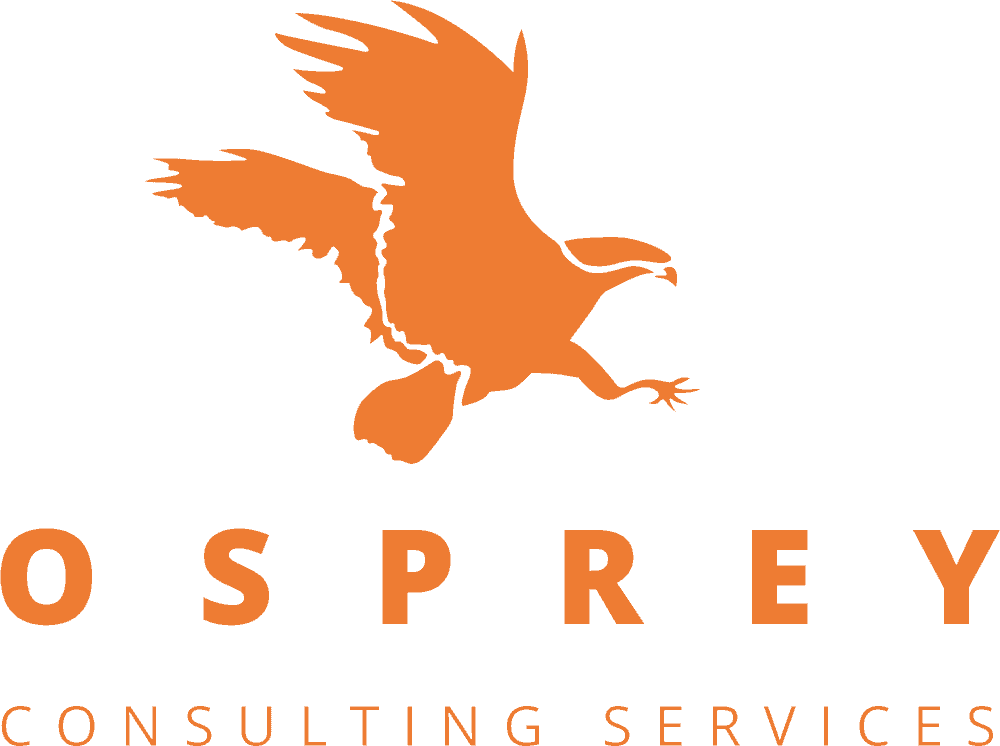As Osprey celebrates 10 years in business, we asked Jon Arden to take a trip down memory lane and reflect on the last decade.
Jon is Founder and Managing Director of Osprey CSL.
When you formed Osprey in December 2006, what was your original aspiration?
Peter Giles and I formed Osprey over a pint of Guinness in Enniskillen. At the time, the company we worked for had been taken over and neither of us liked the sound of the changes ahead. We’d spent the previous two years building up a civil aviation business and realised that there was plenty of potential in providing high quality safety case support to the Airport market. We wrote down a list of companies that we could target on the back of a beer mat, and used that as our business plan.
The original plan was to target complex safety areas (e.g. first of type approvals, system of systems etc) and the wind farm market – we’d had some exposure in our previous company and felt there was huge requirement for pragmatism.
How does that differ from the company we see today?
Today, I can still see the Osprey DNA running through the business. We’ve grown up and matured, implemented processes and procedures that are required to support our growth – but overall, we haven’t really changed that much.
The most important thing for me is that our core values and the way we treat our clients is still exactly the same. From the outset we made sure that we treated our clients as well as we possibly could, whilst also enjoying our work and building strong relationships along the way.
What has been Osprey’s most unexpected or defining moment?
The answer is twofold. Our first major win was to provide technical support to The Department of Energy and Climate Change on the wind farm/radar issue. We found ourselves chairing national and inter-governmental working groups and working with industry to identify potential solutions. The impact was huge, suddenly everyone knew who we were and our reputation rocketed.
More recently, I have seen exactly the same pattern repeat itself with our Unmanned Aircraft Systems (UAS) capability. Working with the Civil Aviation Authority (CAA) to develop a baseline position and regulations for UAS/drones has been a game changer for us. Companies are now contacting us from all over the world wanting to work with us on UAS Integration.
Describe the value that Osprey delivers to its clients?
Everything has to come back to core capability. It’s funny how SME’s are sometimes compared unfavourably against the very large companies in our industry. Look at companies like Osprey, 3SDL and Inzpire, none of us employ cheap generic resource, we employ and deploy the very best we can recruit. That’s a different approach, there is no ‘A Team’ at Osprey, just one incredibly strong and proficient team.
If you could go back and change one single thing from the past 10 years, what would it be and why?
I’ve thought a lot about this, and if I could go back, I would have actively targeted the Defence market much earlier. It took a lot longer to get this sector of the business up and running as we were so busy delivering Wind, Energy or Airport projects. In the end, the Board made a decision to recruit a dedicated resource during Year 6, and we have never looked back. Our Military Systems Team has gone from strength to strength, and is currently our biggest growth area.
What has been your most embarrassing moment so far?
That’s an easy one for me. On our very first day in business, I was ejected from an Aer Lingus flight! I was on my way to see a potential client in Dublin to talk about a helipad and was delayed at Manchester Airport due to heavy fog. I’d established that the cut off for the meeting was 17:00, otherwise there was absolutely no point in me going.
Finally, we were called to board around 15:00, but as soon as I got on the plane it became apparent that it wasn’t going anywhere for at least a few hours. If I’d have known this at the time, I wouldn’t have boarded.
I didn’t have any baggage with me, so I explained my situation to the stewardess and asked to disembark the aircraft. I was moved to the front of the plane to wait for a bus (even though I’d walked there from the terminal). By this stage, I was feeling pretty frustrated as I felt they’d got me onboard under false pretences.
The Captain then announced over the PA that there was a further delay due to a passenger wanting to disembark. It was only at this point that I realised the plane was full of Iron Maiden fans on their way to a concert. The sound of abuse, boos and jibes as I left the plane was deafening!
As I was delivered back to immigration, the staff were informed that ‘this man has been ejected from the Aer Lingus flight for unruly behaviour’.
Not the best start, but certainly memorable.
How many Osprey employees does it take to change a lightbulb?
If you ask the guys with an Operations background, they would just grab a chair and change it. However, if you add an Engineer into the mix, then they would be extremely quick to point out that there is dedicated process to follow in our Business Management System! They’d probably also ask whether it was the bulb or maybe a design fault with the room.
What do you do to wind down and relax?
I’m a very keen underwater photographer! Earlier this year I was lucky enough to spend ten days in the Pacific, 250 miles from land trying to photograph sharks and giant Manta Rays. And the best thing about this? No mobiles or emails of course – pure bliss!
OSPREY CSL – Est. 20.12.2006


